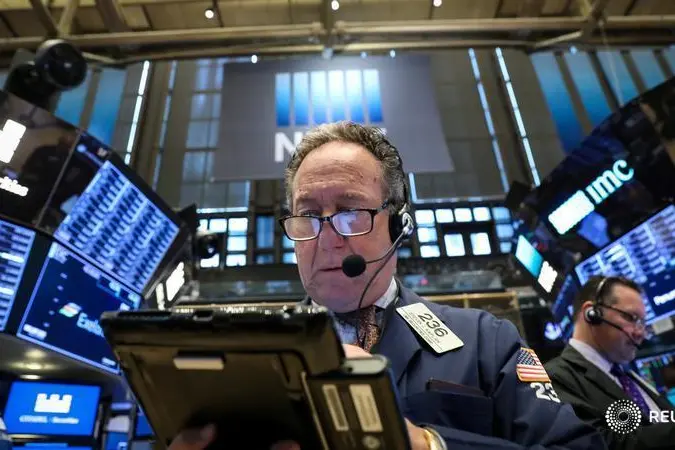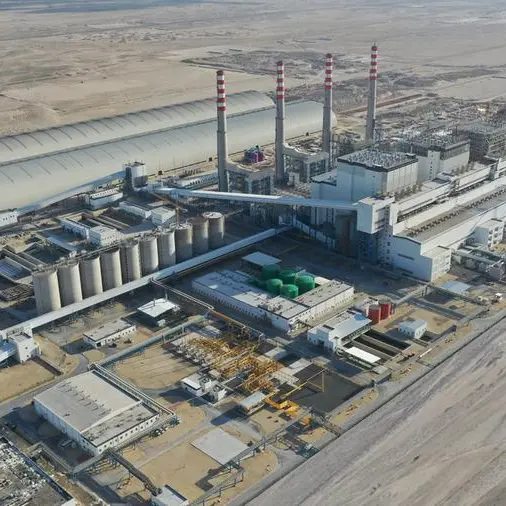PHOTO
NEW YORK- There is more to socially responsible investing than just avoiding stocks that are against your principles, whether it be guns or tobacco or bad environmental practices.
Today's version of impact investing directs huge sums of capital into proactive initiatives - not as philanthropy, but as enterprises that will provide returns. One of the key organizations involved in this is the Global Impact Investing Network (GIIN), a nonprofit based in New York whose members include 280 organizations from 43 countries who collectively manage about $228 billion in assets.
The group just held its latest conference in Paris at the end of October, drawing 1,300 participants from 80 countries. The gathering attracted large institutional investors such as pension funds and foundations, insurance giants such as Prudential PRU.L , big global banks like JPMorgan Chase & Co JPM.N and Morgan Stanley MS.N , along with family offices, fund managers and venture capitalists.
Reuters spoke with Amit Bouri, the chief executive officer of GIIN, about the future of impact investing.
Q: How does impact investing differ from what is known as ESG investing - for environment, social and governance
A: The responsible investing movement started in 1970s with a focus on using investment for good – by divesting from things you considered harmful. It started with the anti-apartheid movement, then firearms and tobacco.
Impact investing incorporates values into investing, to achieve positive social or environmental results. It's not just about avoiding, or about mitigating risk, but it is also about addressing inequality, climate change, increased access to financial services and healthcare and housing for poor people.
We often see these as being complementary. Many who focus on ESG now want to add impact to their portfolios.
Q: Are there impact options for individual investors, or do you have to be a big institution or financial firm
A: There are products at retail level today, but limited. There is more available to wealthier people, who get more sophisticated financial services.
There’s an increasing desire among people to have purpose and impact at the heart of their economic life. It’s how they consume products - they want fair trade or organic. It's also how they make employment choices; people want their companies to represent their values. That’s now starting to translate into investing.
Q: Many people assume that impact investing means sacrificing returns. What does your data show
A: When people hear about impact, there’s a very natural reaction: Is this too good to be true
We ask the investors in our network if they are meeting their financial objectives and also the impact expectations. Over 90 percent of investors say they are meeting or exceeding their financial return expectations. The same holds true for impact expectations. So far, investors are able to achieve both.
Also, for the members we've tracked over five years, their compound annual growth rate is 13 percent.
Q: How do you measure success in impact investing
A: Our vision for the world is where every investor is taking into account social and environmental impact - that this becomes the new normal. Right now, impact is getting a lot of traction with a broad set of mainstream investors. We can see a real possibility of it moving from the exception to the rule.
(Editing by Lauren Young and Bernadette Baum) ((beth.pinsker@thomsonreuters.com; 1 646 223 7289; Reuters Messaging: beth.pinsker.thomsonreuters.com@reuters.net)(Twitter: @bethpinsker))
((Follow us @ReutersMoney or at http://www.reuters.com/finance/personal-finance.))












